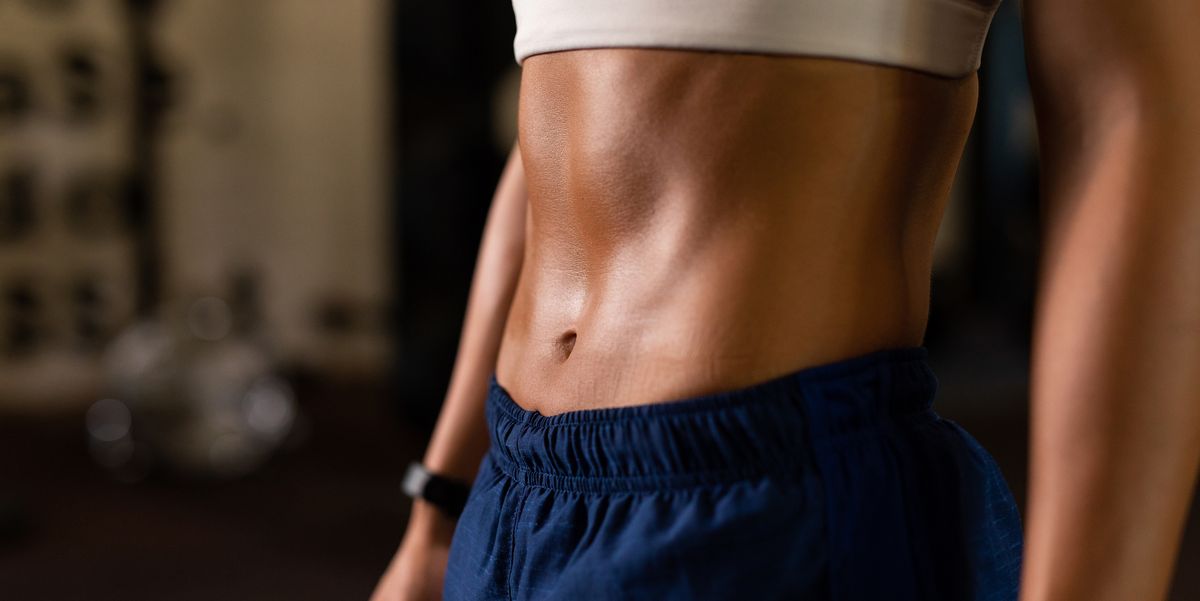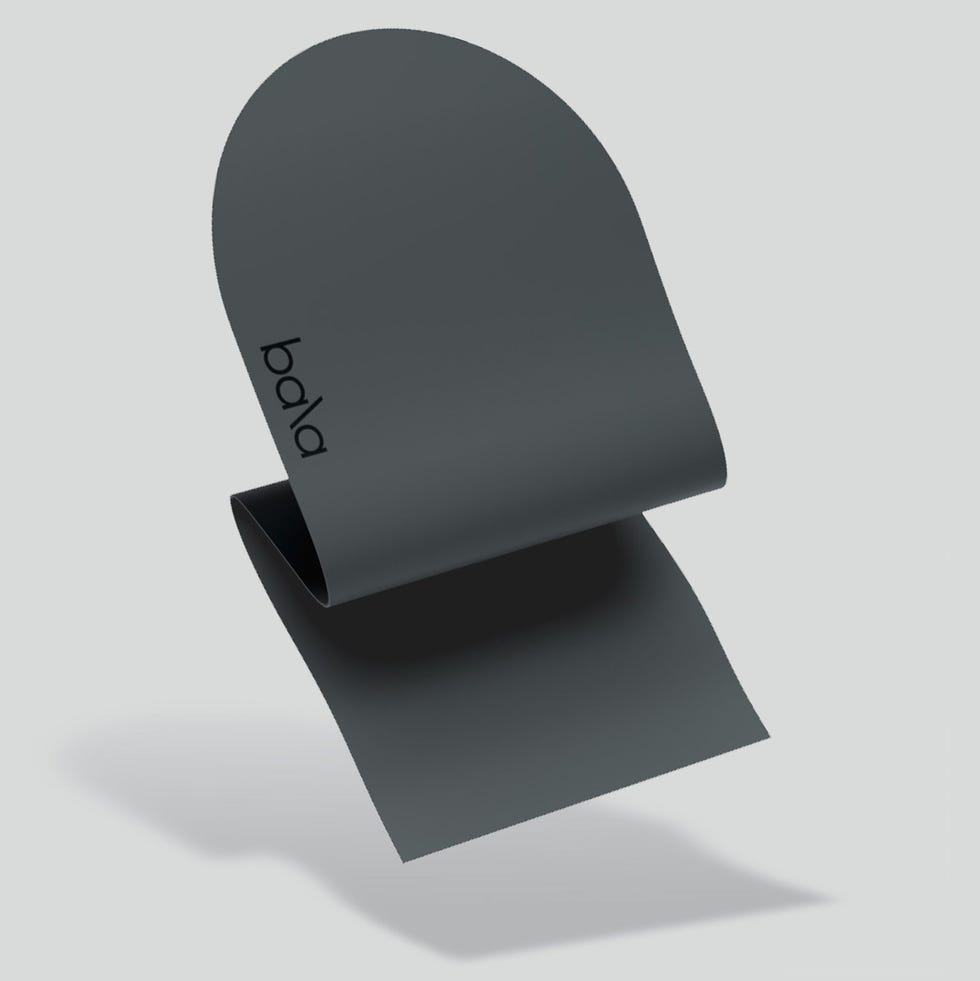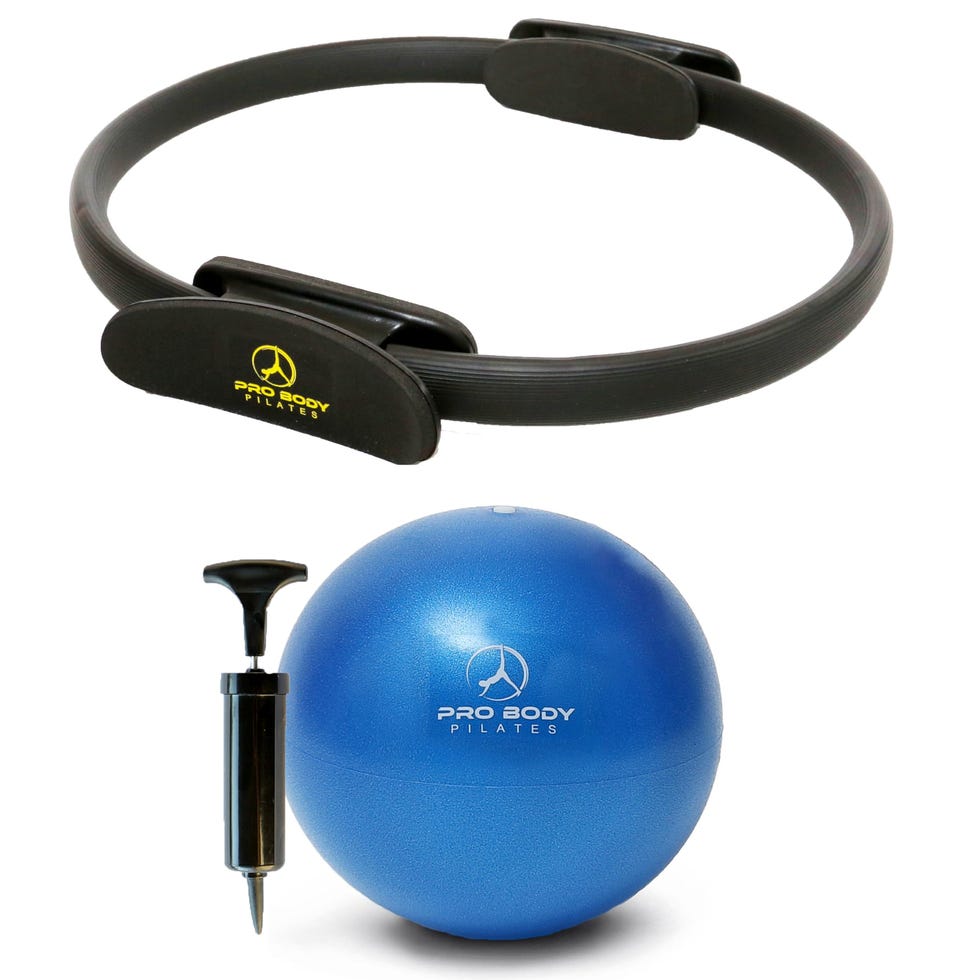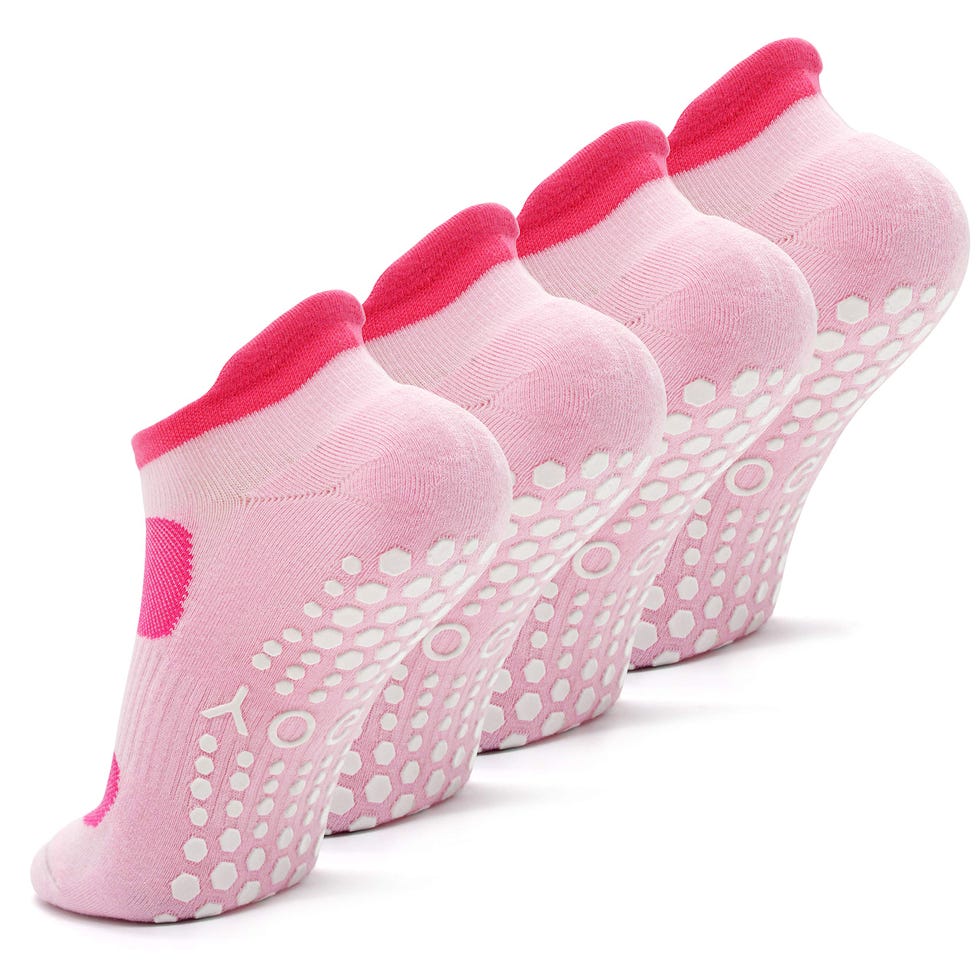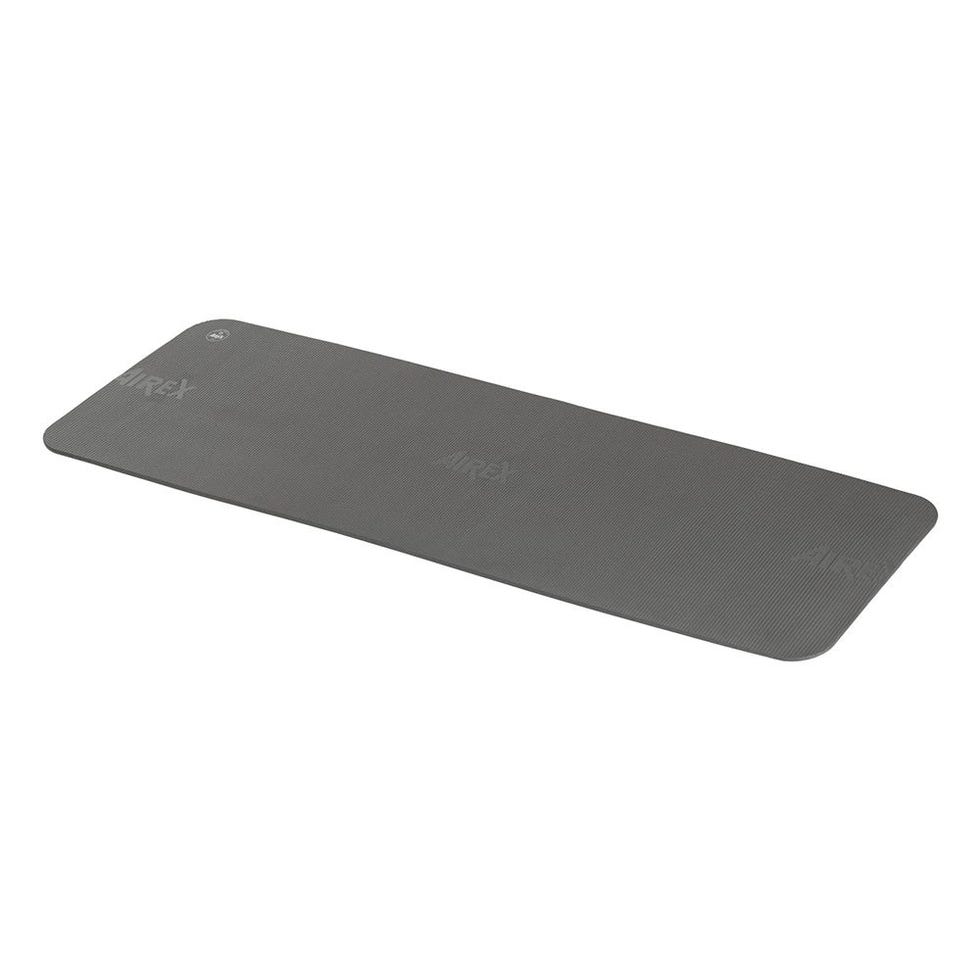There are two types of people in the world: those for whom the words “the hundred” elicit sweaty palms and quickening pulse, and those who have never done Pilates before.
A simple yet surprisingly effective exercise, the hundred combines breathwork and coordinated arm pumps (100 of them, to be precise) to fire up both the core and the circulatory system, says Carrie Campbell, a Pilates instructor in Hoboken, New Jersey.
“The hundred is the quintessential Pilates warm-up,” she says. “Even though it seems a little mundane to pump your arms a hundred times, it really does build the energy that’s going to take you through the rest of the class or the rest of your workout.”
It’s so quintessential to the method, in fact, that it is one of the 34 original mat exercises devised by Joseph Pilates and detailed in his 1945 book Return to Life Through Contrology. (The Pilates method was originally called Contrology before being renamed after its creator.) The hundred is also a highly versatile exercise—while it may have started out as a mat exercise, it can be performed on virtually any Pilates apparatus, including the reformer, Cadillac, and chair, and can be modified for beginners or advanced for seasoned practitioners.
But to truly reap the benefits of this ab-scorching exercise (and prevent strain or injury), you need proper form. Here’s everything to know about doing the hundred the right way.
Meet the expert: Carrie Campbell is a Pilates instructor, teacher trainer, and owner of Positively Pilates LLC in Hoboken, New Jersey.
How To Do The Hundred With Proper Form
How to:
- Lie on back, knees bent, feet flat, arms at sides.
- Lift legs to tabletop (90 degrees at hips and knees) and engage core.
- Curl head, neck, and shoulders off mat, and hover arms a few inches above floor.
- Extend legs out to 45-degree angle and begin to pump arms up and down. Inhale for five arm pumps, exhale for five pumps.
- Repeat ten times to reach 100.
Proper Body Positioning For The Hundred
Here’s a rundown of body positioning, from the top of your head to the tip of your toes:
- Head, neck, and shoulders: The hundred begins by lying on the back, then curling head, neck, and shoulders off the mat (this position is known as the Pilates curl). You should feel just the tips of your shoulder blades grazing the mat, Campbell says. “When you’re at the tips, the abdominals can deepen inwards without straining the neck.” Speaking of the neck, to keep from straining, train your gaze inward toward your navel. “If your chin is up and you’re looking at the ceiling, the neck is going to suffer during the exercise,” Campbell says.
- Arms: Arms should be lengthened forward, lifting off the mat. “One of the cues that I love to use is, ‘Imagine your arms are like laser beams shooting out of the shoulders.’ That insinuates a long, straight, exact line of energy,” Campbell says. As the arms vigorously pump up and down, they should stay above the hips. “That’s one thing that I think has gotten lost in the method, is the arms have to be above your hips and above your abdominals,” she says. “A lot of people are pumping too low.”
- Abdominals: While performing the hundred, it should feel as though your abs are scooping in and up (what’s known as the Pilates scoop). “Abs should be deepening inwards, not bulging up to the ceiling,” Campbell explains. This ab contraction should be felt down to your transverse abdominis—the deepest muscle of the abdomen that runs side to side.
- Legs: For a classical, intermediate-level hundred, legs are lifted straight off of the mat, at a 45-degree angle to the mat. (Beginner and advanced practitioners may take a different position of the legs. More on that in a minute.)
- Feet: Heels are squeezed together, toes are apart—about the width of a fist (this is known as Pilates stance). The squeeze of the heels helps pull the inner thighs towards the midline, warming them up as well. The arches of the feet should be “long and soft,” Campbell says. “I don’t want people to point and grip their toes because that’s just going to take energy to the end point, and really the energy of the exercise is still in your powerhouse—the center of your body.”
Once you are in the proper position, the exercise can begin. Arms will pump up and down as you inhale for five seconds, and they will continue to pump up and down as you exhale for five seconds. This counts as one repetition. You will do this 10 times, until you’ve worked up to 100 pumps, hence, the name the hundred.
Editor-Approved Pilates Accessories
Variations To Make The Hundred Easier Or Harder
One of the great things about the hundred is that it can be adapted to anyone’s level of Pilates experience—from beginner to advanced.
To make the exercise easier:
- Bend your knees. Put them into a 90-degree tabletop position, rather than extending them long at a 45-degree angle. (An even easier variation would be to keep the knees bent and the feet flat on the mat.) This is a good modification if you’re feeling any discomfort in your low back or you feel like your abs aren’t quite strong enough to hold proper form for 100 counts. “Sometimes it’s not always just a strength issue,” Campbell adds. “You might have the strength, but it’s your proportions. If you have a short torso and really long legs, those legs are going to feel heavier the further they go from your center.”
- Keep the head, neck, and shoulders down. If you feel like your neck is straining too much (even when training your gaze into your center rather than the ceiling), you could put your head down for some—if not all—of the reps. If you choose to keep your hand down, you will also want to tabletop your legs. (Keeping them long at a 45-degree angle while your head is down could irritate the low back.) This is also a good modification to take if you are pregnant, as forward flexion (that curl up) is typically contraindicated after the first trimester.
To make the exercise harder:
- Lower your legs. Keep the legs extended long, but lower them to just two inches above the mat, something Campbell calls a “real challenge.”
- Add a coordination challenge. To add a coordination element to the exercise (akin to patting your head while rubbing your tummy), add a beat of the heels to the same rhythm as the pump of your arms.
- Add lower body movement. Instead of keeping legs long and stationary, alternate bending knees into the chest (the same leg motion one would do in the ab series exercise called single-leg stretch).
- Switch the palm position. Halfway through, switch the pump of the arms from palms facing down to palms facing up.
- Add resistance. Add hand weights to make the pumps more challenging or ankle weights to make the elevation of the legs harder to hold. Or, place a Pilates ring between your ankles to fire the inner thighs and core even more.
- Play with breath. While it’s classical to take five seconds to inhale and five seconds to exhale, Campbell will sometimes change the counts to challenge her more advanced students. “I’ll always do at least half the series with the regular breath,” she explains. “A variation would be to inhale for four, exhale for six; inhale for three, exhale for seven; inhale for two, exhale for eight. I usually don’t do one to nine. That’s really hard.”
Common Mistakes For The Hundred
Pilates is ultimately a practice, which means that you will continue to grow and evolve as a student of the method over time. That also means that you might not nail everything your first time. (We listen and we don’t judge.) To that end, here are a few no-nos to watch out for as you work to perfect your hundred:
- Percussive breathing. As the instructor counts the breath (“inhale, two, three, four, five; exhale, two, three, four, five”), you may be tempted to take small staccato breaths on each count. In reality, you should be taking one long continuous inhale for five seconds and one long continuous exhale for five seconds. That being said, some instructors might use percussive breathing as a variation (the Fletcher method of Pilates, specifically does this), but the classical version that you’ll find at most studios is the continuous breath.
- Holding the breath. Just don’t do it. This is a breathing exercise, after all.
- Curling up too high or too low. Remember, you should feel your shoulder blades just grazing the mat underneath.
- Lifting from the neck. Ensure that your Pilates curl comes from lifting the chest and deepening into the breastbone rather than your chin or neck reaching towards the ceiling. (Again, training your gaze into your center will help with this.)
- Pumping the arms too slowly. “The hundred is hard enough as it is,” Campbell says. “If you really slow down the rhythm and slow down the tempo, you’re only going to be there for a longer period of time.”
- Bobbing the head up and down. As you intensify the pumping of the arms, the head may respond in kind by bobbing up and down. Initiate and control the pumps from your shoulders and lats, so that the head can remain stationary.
Ultimately, says Campbell, your body should provide some pretty strong feedback. “You’re going to feel your abs when the hundred is over,” she says. “And if you didn’t, you didn’t do it correctly.”
Amy Wilkinson is a contributing entertainment editor at Women’s Health, where she edits the magazine’s celebrity cover stories and writes health features. She has previously held editor titles at Entertainment Weekly and MTV News. In 2021, Amy completed her 600-hour teacher-training at Core Pilates NYC to become a comprehensively trained Pilates instructor.
Read the full article here


